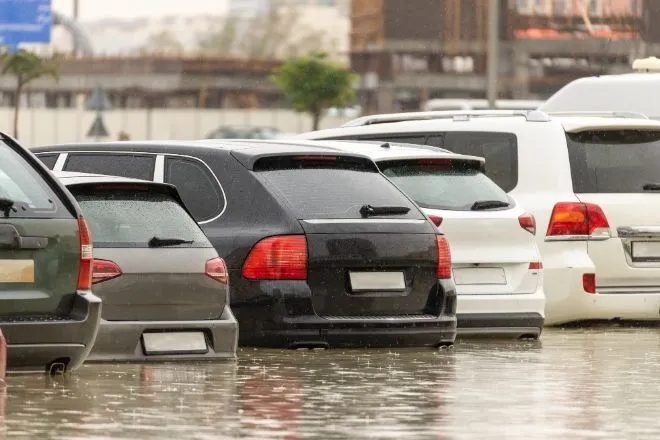
Post-Off-Roading Vehicle Maintenance Checklist
Off-roading pushes your vehicle to its limits. In order to keep your Jeep or truck operating smoothly, it’s important to give it the care and attention that it deserves. After an intense off-roading session, don’t just park your vehicle in the garage and call it a day. By making time for the tasks on this helpful post-off-roading vehicle maintenance checklist, you can ensure your vehicle is able to go on many future off-roading adventures to come.
Clean Your Vehicle Immediately After Off-Roading
The first thing you should do after an off-roading excursion is to give your vehicle a thorough cleaning. One of the many reasons why cleaning your Jeep after off-roading is important is that doing so will help prevent rust from forming. Rust caused by salt, rain, and other potentially erosion-causing materials can damage important vehicle components and reduce the vehicle's structural integrity.
By cleaning your vehicle directly after exposure, you can help prevent rust. Cleaning your vehicle after off-roading will also help prevent wheel imbalance or overheating, which can occur when clumps of mud and other debris stick to a vehicle’s tires or radiator.
Inspect Your Vehicle’s Undercarriage
Another important task that should be included on any post-off-roading vehicle maintenance checklist is inspecting the undercarriage. The undercarriage is one of the most frequently damaged parts of a vehicle during off-roading. Out on the trails, the undercarriage is exposed to a wide range of hazards, such as sharp rocks or branches, which can do a lot of damage.
Because many important vehicle components are located in the undercarriage, it is important to do a thorough inspection of the area after off-roading to ensure any crucial parts weren’t harmed. If you notice any punctures, dents, leaking fluid, or loose parts, make sure to get your vehicle checked by a mechanic.
Check and Adjust Your Tire Pressure
When off-roading, many drivers will air-down their tires to provide them with more traction. If you choose to do so, make sure to re-inflate them to the manufacturer’s suggested level once you are done having fun on the trails. Driving on the road with low tire pressure could cause your tires to overheat and wear down prematurely or even blowout.
Even if you don’t air down your tires, it’s still important to check their pressure after off-roading.
Traversing challenging obstacles and rugged terrain can do a number on your tires. To ensure your vehicle’s tires didn’t incur any damage, make sure to inspect them for any holes or tears and check their pressure to see if it declined significantly.















